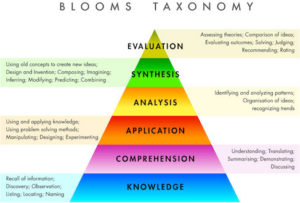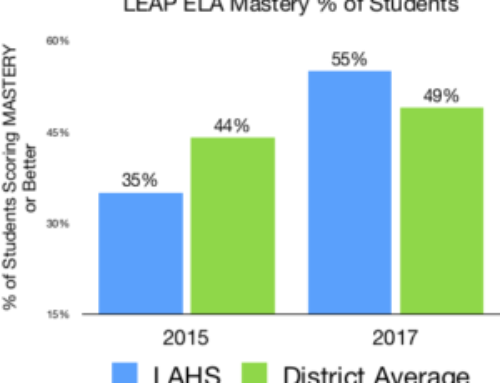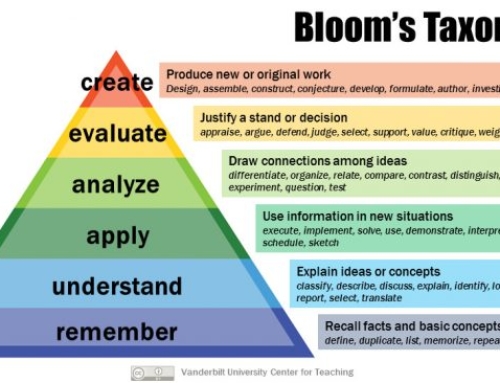According to Edglossary “Blooms Taxonomy is a classification system used to define and distinguish different levels of human cognition—i.e., thinking, learning, and understanding.” It’s currently fashionable to bash multiple choice questions (MCQs) and Question Stems, to say they do not have any value in the 21st-century learning environment. Yet, educators mustn’t let these criticisms blind them to the effectiveness of MCQs. Most of all, when properly used as part of a School Improvement Team’s instructional strategy, they are indispensable. In addition, they’re particularly effective when aligned with Blooms Taxonomy and part of a School Improvement Plan (SIP) using formative and summative assessment to achieve E.S.S.A. aligned S.M.A.R.T. goals.
Standards-based, Blooms Taxonomy-aligned formative assessment questions deliver powerful and actionable data. Therefore, their use makes it easier to implement and drive Evidence Based Instruction in real time. This data helps teachers identify areas of student weakness, and give students meaningful feedback. By integrating Blooms Taxonomy aligned MCQs into the formative assessment mix, hard data points of student learning can be easily tracked and acted upon. And, educators ensure that students are processing their learning using multiple levels of cognition. Used in this way, MCQs are a key element in turning around a low performing school or improving a high performing one. However, tools must be provided for managing the increased workload. We mustn’t overburden teachers if we wish to retain them.
How to build standards-based assessments aligned to Blooms Taxonomy
It’s is fair to say that it takes time for teachers to develop their assessment building skills. Therefore, it’s important to get quality resources into the hands of teachers to aid them in their development. Especially relevant, are the following resources we have collected that offer a guideline for writing effective assessments. Specifically, assessments with MCQs that require critical thinking in alignment with the different levels of Blooms Taxonomy. In addition, research has shown low-stakes formative assessments like exit tickets, when created with effective MCQs, contribute to significant increases in student achievement. The powerful data that’s generated has a real-time impact on student academic performance. Hence, we believe you will find value in the following resources listed here: Guide For Writing High-Quality Multiple Choice Questions.
Quiz Builder Tool: for assessments with Blooms Taxonomy aligned questions and question stems
Lastly, if your school wants to implement Blooms Taxonomy as part of your standards based assessments, we want to help. Although expensive to purchase, and time-consuming to create, good questions are required for assessment data to be valid. However, they are more than worth the trouble. This is because the resulting data improves classroom instruction which translates into achieving a school’s SMART goals.
At Quick Key we are preparing to release something special that transforms how educators create and use assessments, but in the meantime take advantage of this free Item Bank and Quiz Builder, Tool. If you find it helpful, please share it with your colleagues, link to it in your blog posts, or post it on social media.







